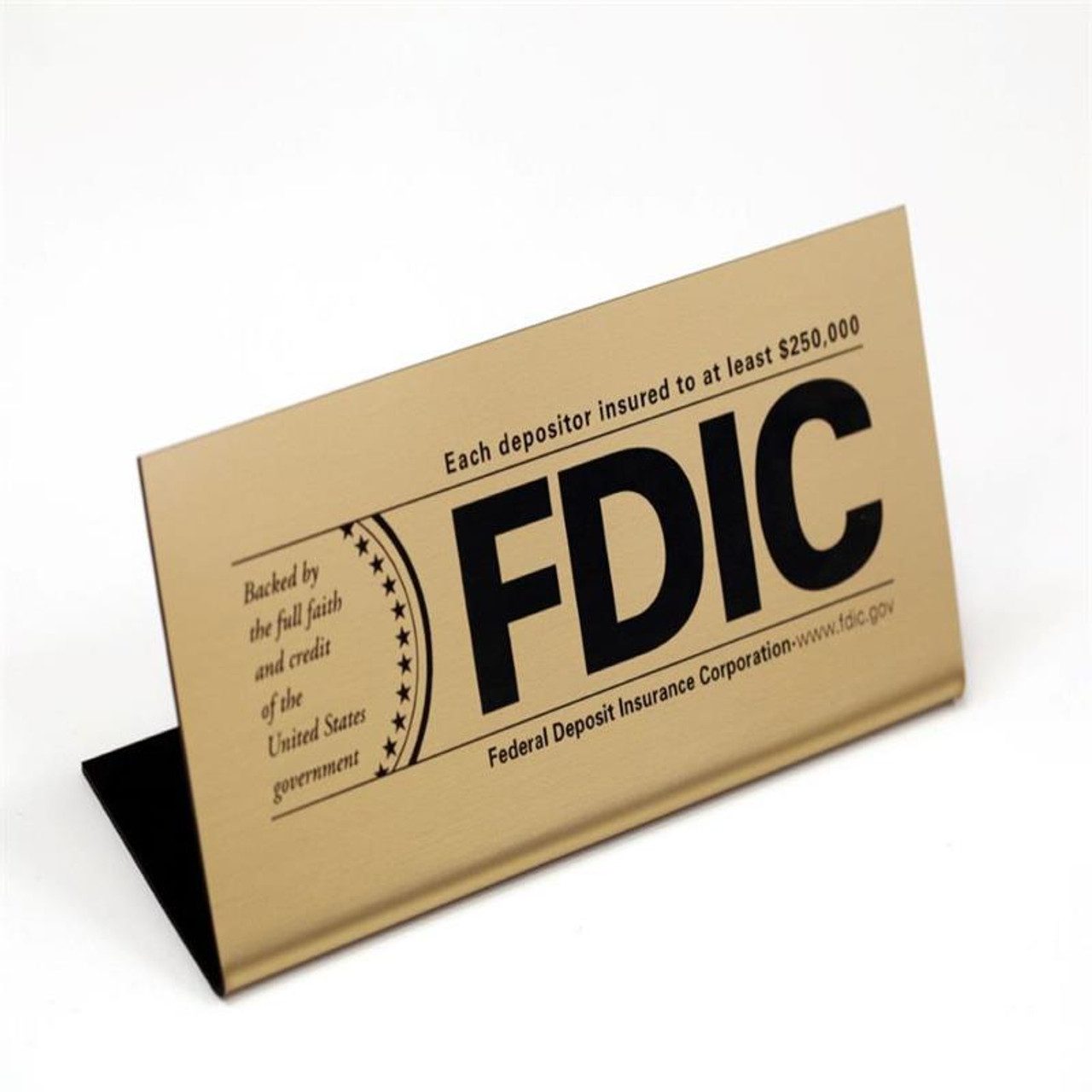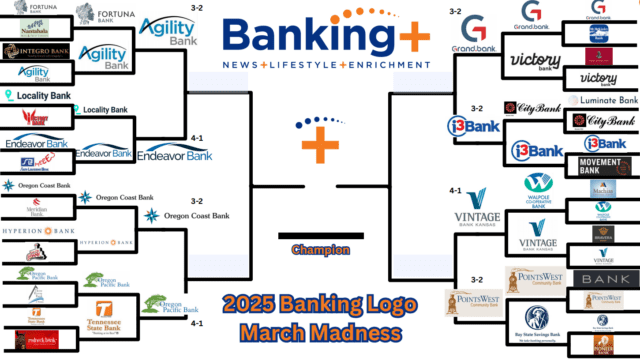The vast efficiencies that technology has brought to banking are here to stay. If anything, customers can expect the rate of e-bank products and capabilities to grow as the industry increasingly embraces digital finance.
But no matter how many A+ grades are bestowed on AI capabilities, financial services still thrives on the human touch of the common bank teller. These front-line employees offer the personal touch that no machine learning can match by:
- Answering complex customer questions in person
- Resolving tangled transactions and other problems
- Providing friendly, brand-building, 1:1 interaction
- Supporting the communities in which they operate, through off-hours volunteer efforts
- Maintaining the treasured hallmarks of banking relationships, even to the point of providing lollipops to visiting kids or being the shoulder to cry on in times of trouble.
Tellers also excel in detecting fraud. The Wall Street Journal (WSJ) reports that, despite assumptions that AI fraud detection is thought to be remarkably fast and thorough, it is not always so. Humans’ ingenuity for theft often outpaces the technological updates and improvements needed to catch them in fast-paced digital transactions.
Money Mule Fraud: The Teller’s Advantage Over AI
A hands-on approach to scam detection, reported in the WSJ, has outperformed its digital counterpart in another realm of theft: the use of money mules. In this variation of fraud, lawbreakers recruit unsuspecting individuals—known as money mules—to cash fraudulent checks in person to launder illicit funds.
Because this crime cannot be replicated digitally (it relies on a mule at a window), it falls to tellers to combat. Their deep knowledge of customers helps them identify unusual transactions, particularly when unrecognized individuals attempt to cash large checks with no clear explanation.
Further, in a way AI cannot even approach, tellers are adept at reading body language and other physical manifestations of uncharacteristic unease from a customer at a window.
Employee Fraud: Exploiting In-Bank Access
Sad to say, tellers themselves are not immune to the lure of fraud, exploiting in-bank access for personal gain. The Federal Deposit Insurance Corporation (FDIC) notes that such insider abuses often involve complex schemes, including fraudulent loan arrangements and misapplication of funds.
But in these instances as well, the human eye proves sharper than the electronic one. Sudden changes in an employee’s lifestyle, reluctance to take vacations, or insistence on handling specific transactions can be red flags. Encouraging a culture of transparency and implementing mandatory job rotations are also worthy mitigation tactics.
The Rise of Social Media Bank Scams
The rise of social media has opened new avenues for fraudsters to target banks, reports the American Bankers Association (ABA). Scams promising high returns or easy money can lure individuals into sharing sensitive information or participating in fraudulent bank activities.
Tellers should be aware of customers influenced by such schemes, as they may unknowingly become conduits for fraud. The ABA provides resources to help banks identify and combat these emerging threats. By staying informed about the latest banking scams, tellers can better advise and protect their customers.
Countering AI-Driven Deception & New Bank Fraud Methods
The evidence that teller attentiveness to fraudulent activities can outweigh technological approaches is underscored when considering the ongoing usurpation of digital capabilities for theft. As time-saving as they are, online advancements continue to inadvertently equip fraudsters with evolving tactics for illegal banking activities, notes SNQ Banking Systems, a Rancocas, N.J. digital fraud detection firm.
Tools like deepfakes and AI-driven impersonations enable thieves to deceive bank staff by mimicking senior officials or creating realistic scenarios. Tellers can nonetheless be trained to verify unusual requests through official channels and be skeptical of unsolicited instructions that deviate from standard procedures. Continuous training and awareness programs are essential in equipping staff to recognize and counteract these sophisticated threats.
Actionable Steps for Bank Tellers
To fortify defenses against fraud, tellers should leverage the advantages they have over AI counterparts claiming to offer the same level of diligence. Additionally, they should:
- Stay informed and subscribe to the Banking+ weekly newsletter.
- Interested in learning more about AI’s role in the banking sector? Explore these related articles:
- Regularly review updates on fraud prevention and internal policies.
- Communicate concerns: Immediately report suspicious activities or anomalies to bank supervisors.
- Engage in continuous learning: Participate in ongoing bank fraud prevention training.
By embodying vigilance and adhering to best practices, bank tellers play a pivotal role in safeguarding financial institutions against the ever-evolving landscape of fraud.



















